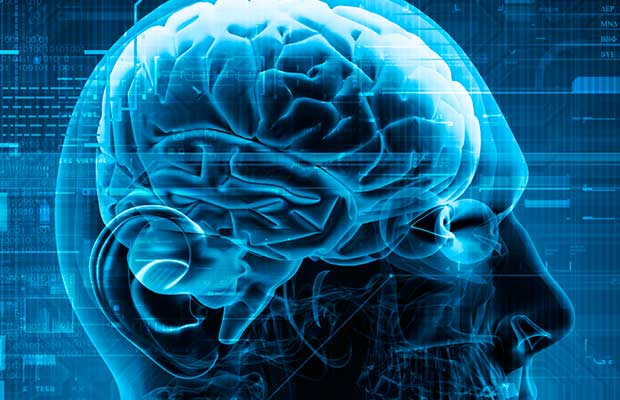Electrophysiology, the groundbreaking study of cellular and tissue electrical properties, has emerged as a game-changer in the field of neuroscience. Its potential in diagnosing and treating neurological disorders is nothing short of transformative. In this article, Evoke Neuroscience delves into how electrophysiology is reshaping the landscape of neurology.
Understanding Neurological Conditions Through Electrophysiology
Evoke Neuroscience Electrophysiology provides invaluable tools for gaining insights into neurological conditions. The Electroencephalogram (EEG) stands out as a non-invasive method that records the brain’s electrical activity. By capturing and analyzing brain waves, EEGs can detect abnormal patterns indicative of various neurological disorders, including epilepsy, Alzheimer’s disease, and sleep disorders.
Evoked Potentials (EP) studies are another critical component of electrophysiology. These procedures measure the brain’s electrical activity in response to specific stimuli, such as touch, sound, or sight. EP studies are instrumental in assessing and diagnosing neurological problems such as multiple sclerosis, optic neuritis, and spinal cord injuries.
Treating Neurological Conditions With Electrophysiology
Electrophysiology also offers innovative treatment modalities for neurological disorders. Deep Brain Stimulation (DBS) involves implanting an electrophysiological device, often referred to as a ‘brain pacemaker,’ in specific brain regions. This device delivers precisely controlled electrical signals to interrupt irregular nerve signals, offering significant relief to individuals with conditions like Parkinson’s disease, essential tremor, and dystonia.
Vagus Nerve Stimulation (VNS) is yet another groundbreaking technique in which a device is surgically implanted under the chest’s skin. This device sends electrical signals along the vagus nerve in the neck, which subsequently travel to the brain. VNS is primarily employed to treat refractory epilepsy and depression, offering hope and improved quality of life to many.
Transcranial Magnetic Stimulation (TMS) is a non-invasive procedure where a coil placed on the scalp generates a magnetic field. This field induces a small electric current in the underlying brain tissue, leading to therapeutic benefits for various conditions, including depression, migraines, and stroke recovery.
The Future of Electrophysiology in Neurology
Looking ahead, the future of electrophysiology in neurology holds tremendous promise. Brain-Computer Interfaces (BCIs) are on the horizon, capable of reading brain signals and translating them into actionable commands. BCIs have the potential to empower mobility-impaired patients by enabling them to control devices, such as prosthetic limbs or computer interfaces, through their thoughts.
Additionally, Evoke Neuroscience the revolutionary technique of optogenetics is making waves in neuroscience. It involves introducing light-sensitive proteins into neurons, allowing remote activation or inhibition using different light wavelengths. Optogenetics promises to unravel the intricacies of neural circuits with unparalleled precision, offering profound insights into brain function and potential therapeutic interventions.
In conclusion, electrophysiology is not just a tool but a catalyst for innovation in the field of neurology. With its ability to diagnose, treat, and unlock the mysteries of the brain’s electrical activities, it continues to pave the way for advancements that enhance the lives of individuals affected by neurological conditions.



